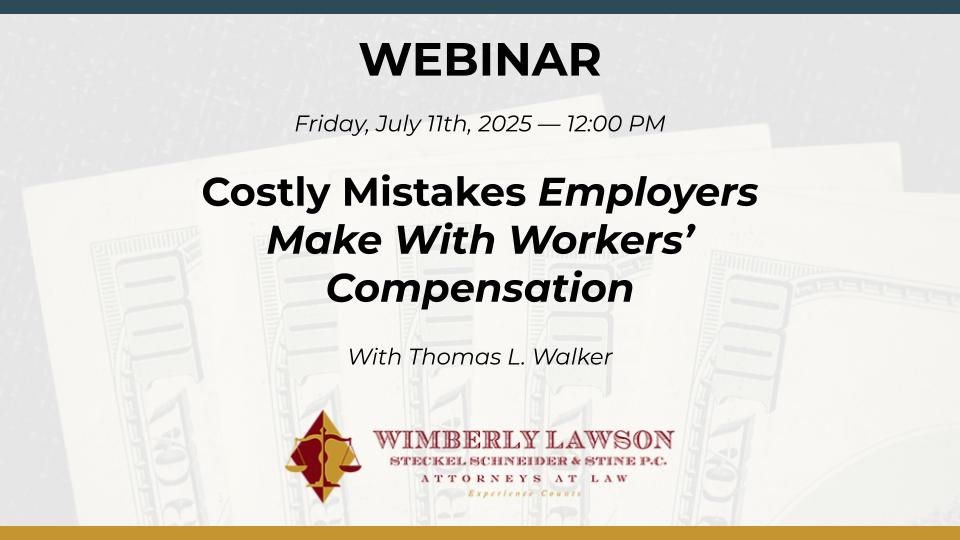EFFECT OF WELFARE PROGRAMS ON EMPLOYMENT LEVELS
There has been a recent increasing interest on the impact of welfare programs in the U.S. on employment levels as well as the budget. Labor force participation in the U.S. has dropped from 67.3% in 2000 to 62.4% in 2015. Many sources suggest the declining employment levels are based on an aging population, while others suggest other considerations. Some considerations even include the opioid epidemic, the ability to get health insurance under the ACA without working, and benefits from welfare programs. The latter issue as to the effect of welfare is being suggested by some industry employers who say that some employees have high absenteeism to avoid losing welfare benefits under means-based tests, and that some employees even ask for pay cuts in order to maintain welfare benefits.
Let’s start off with some rather startling facts, which come from a 2012 report from the Congressional Research Service. According to the report, spending on 80+ federal poverty programs costs a total of $746 billion per year, increasing to over $1 trillion by including state contributions to those programs. By comparison, federal spending is $545 billion on defense and $725 billion on Social Security. Almost 110 million Americans received some sort of means-tested welfare in 2011. If the $1 trillion spent on federal welfare programs were converted into cash and divided exclusively among the 16.8 million households who lived below the federal poverty line, the government would be able to mail to each of those households an annual check of approximately $60,000. Senator Jeff Sessions, now Attorney General, raised many of these points in a budget committee hearing back on February 13, 2013, relying largely on the 2012 report.
That is, some welfare programs provide incentives not to work because workers face a level in which they rapidly lose more benefits for each extra dollar they earn. The issue has also gained interest due to a best-selling book by J.D. Vance entitled "Hillbilly Elegy," a book that Bill Gates recommends as to "insights into some of the complex cultural and family issues behind poverty." Federal Reserve Chair Janet Yellen was asked during her testimony before the Senate Banking Committee on July 13, 2017 if there was a clear connection between opioids and opportunities to go to a job, get employed, and have a purpose in life. Yellen responded that "all of those things are bound up in this opioid crisis" and are "interacting in ways that are really quite devastating for these individuals and their communities."
Using an analysis based on 2013 information from the Census Bureau, there were some 106 million full-time year-round workers in the U.S., who were outnumbered by the almost 110 million the Census Bureau says were getting benefits from means-tested federal programs as of the fourth quarter of 2012. Some would argue that working families are subsidizing those on welfare.
Many criticize the figures or at least the interpretation of the figures. First, most of these figures include a broad definition of welfare to include not only Temporary Assistance for Needy Families, but also programs such as Medicaid and food stamps. The numbers cited generally count anyone residing in a household in which one or more people receive benefits from the program, as part of the number of welfare recipients. Another point is that just because the persons are receiving means-tested welfare benefits doesn’t mean they are not working, at least in some fashion. According to 2012 Census Bureau data, roughly 23 % of households with at least one working adult receive means-tested benefits. For Medicaid, 28% of recipients between the ages of 18 and 64 worked full-time, according to the Census Bureau, and another 15% worked part-time. According to one Census Bureau sample, slightly over half of food stamp recipients who were of working age and were not disabled were employed in some manner. Some would argue that most benefit programs require recipients to work in order to collect welfare, and that many people are working to support their families and paying their fair share of taxes, but are so underpaid that they cannot get by without relying on government assistance.
A counter-argument is that based on the fiscal year 2012 information, a combination of food stamps, housing support, child care, Medicaid and other benefits result in the average U.S. household below the poverty line receiving $168.00 a day in government support. That number can be compared with median household income of just over $50,000.00, which averages out to $137.13 a day, resulting in a higher income by being on welfare than working. Some employers who have difficulty hiring workers report they can’t compete with government benefits which they say provide an equivalent income of $30,000.00 or more per year. Some estimate with benefits the total can be as high as $50,000.00 per year.
In addition to the debate on the interpretation of this data, the question becomes whether the declining percentage of workers in the population is good or bad, and if bad, what can be done about this situation. Congress is currently looking at these issues, and bills are being introduced linked with overhauling the tax system, requiring some recipients in the Supplemental Nutrition Assistance Program (SNAP) and Temporary Assistance to Needy Families (TANF) to work or be in work training as a condition for benefits. Supporters say the moves would assist in avoiding a labor force participation rate decline, and that the long-term growth rate of the economy depends largely on the size of the work force. Some benefit programs already require recipients to work in order to collect welfare, at least to some extent. However, the work search requirements in the various public assistance rules include a very broad definition of work participation or community service, so that many work search requirements are not enforced in practice. Some studies indicate that when work search requirements are in force, as much as 30% of claimants choose not to apply for the benefits.
The bottom line is that most economists believe that we need workers to improve economic growth. Some say that if more domestic workers are not available, the only alternative is to import more people through some form of immigration to do the work. Others wonder whether increased automation and/or robots will in the future reduce the need for workers. Many say that there is dignity in work and that work has psychological and health benefits.
Editor’s Note: The effect of welfare programs is a very controversial subject, but one employers need to consider more fully. For example, employers that set up pay and benefit programs cognizant of employee needs for government assistance are more likely to create a "win-win" environment, by encouraging work and lowering absenteeism and turnover. Employers should find out what type of combined federal and state assistance is available in their areas and address whether variations in pay and benefits would allow a greater inducement to remain employed on a full-time basis. Employers can also encourage Congress to consider the type of benefit programs, such as expanding the earned income tax credit, which would do more to bring aid recipients back into the work force.
Related Content
Get Email Updates
Recent Content

Possible Extension of TPS Status for Haitians until February 3, 2026 and New E-Verify Status Report

Sad News – Mark A. Waschak – September 13, 1963 – June 27, 2025

Heat Safety Rule Appears to Be Moving Forward

Federal Government to Drop Disparate Impact Basis for Discrimination Claims

E-Verify+

